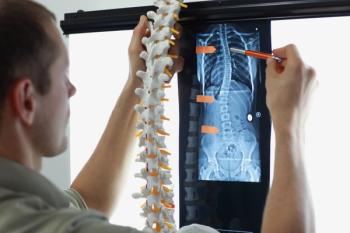
|Slideshows|May 18, 2020
Top 10 Health Tech Hazards for 2020
Author(s)Jeffrey Bendix, Senior Editor, Logan Lutton
Using healthcare technologies can be dangerous. Here are the top 10 technologies that are predicted to cause problems in 2020.
Advertisement
Newsletter
Stay informed and empowered with Medical Economics enewsletter, delivering expert insights, financial strategies, practice management tips and technology trends — tailored for today’s physicians.
Advertisement
Latest CME
Advertisement
Advertisement
Trending on Medical Economics
1
Protected EHR time cuts after-hours work with little productivity loss, study finds
2
Epic monopoly on EHRs is hurting U.S. health care, Texas AG says
3
ACIP presentation focuses on potential vaccine harm while ignoring benefits, physician expert says
4
Flow Neuroscience wins first FDA approval for at-home brain-stimulation depression treatment
5














